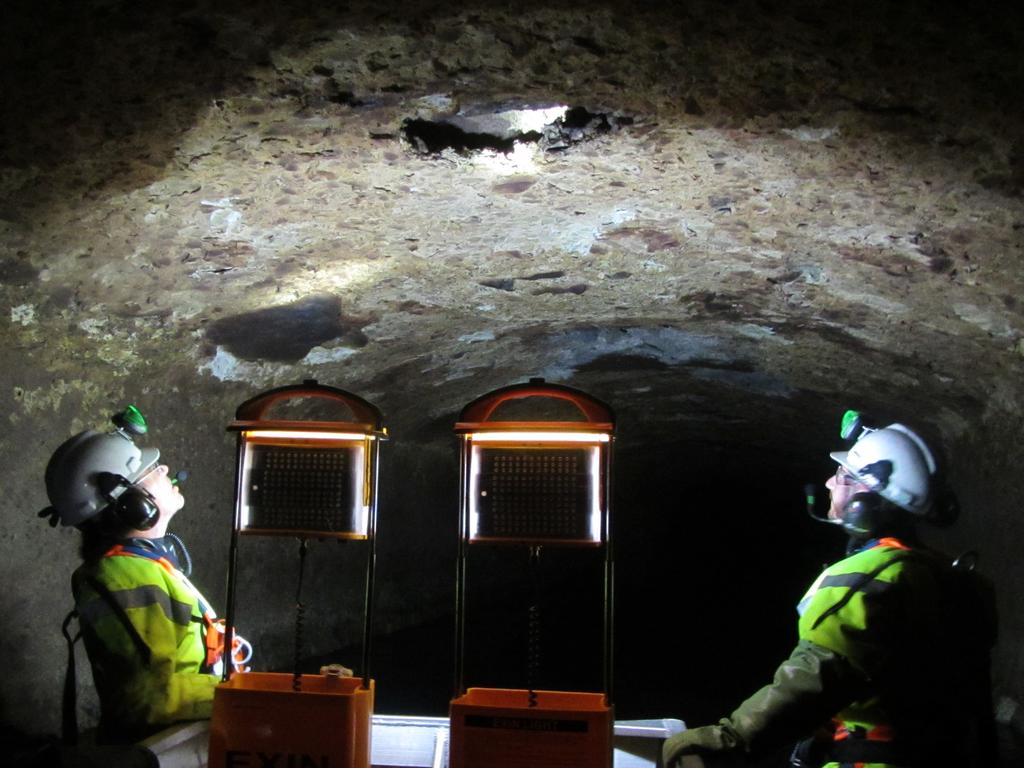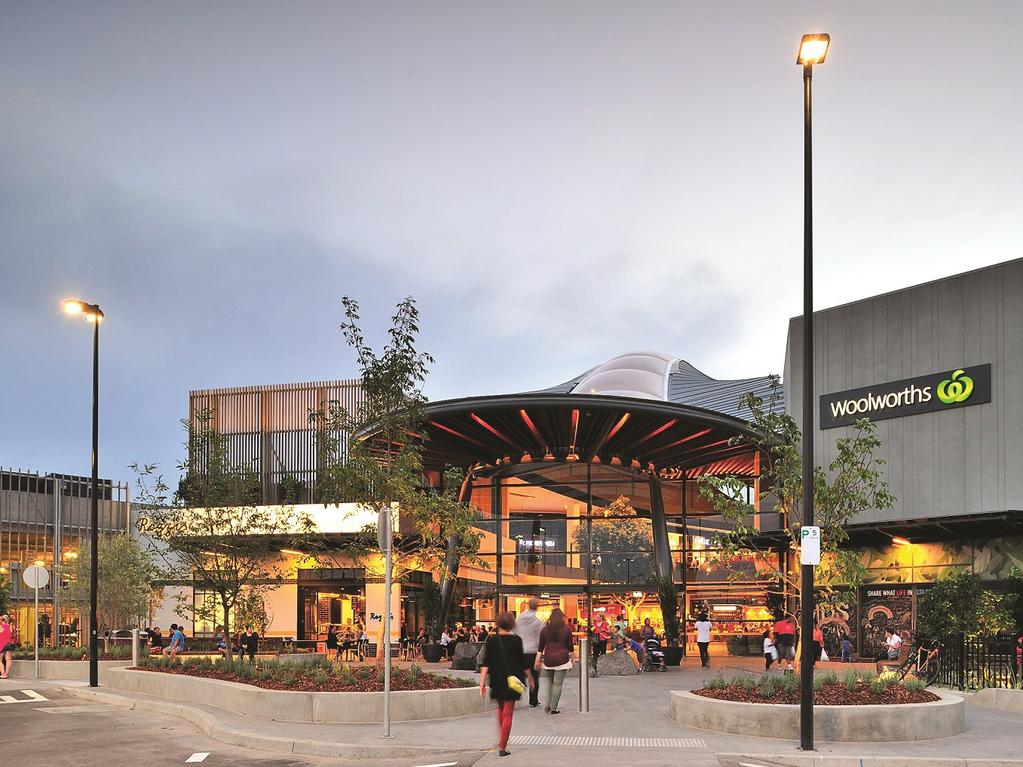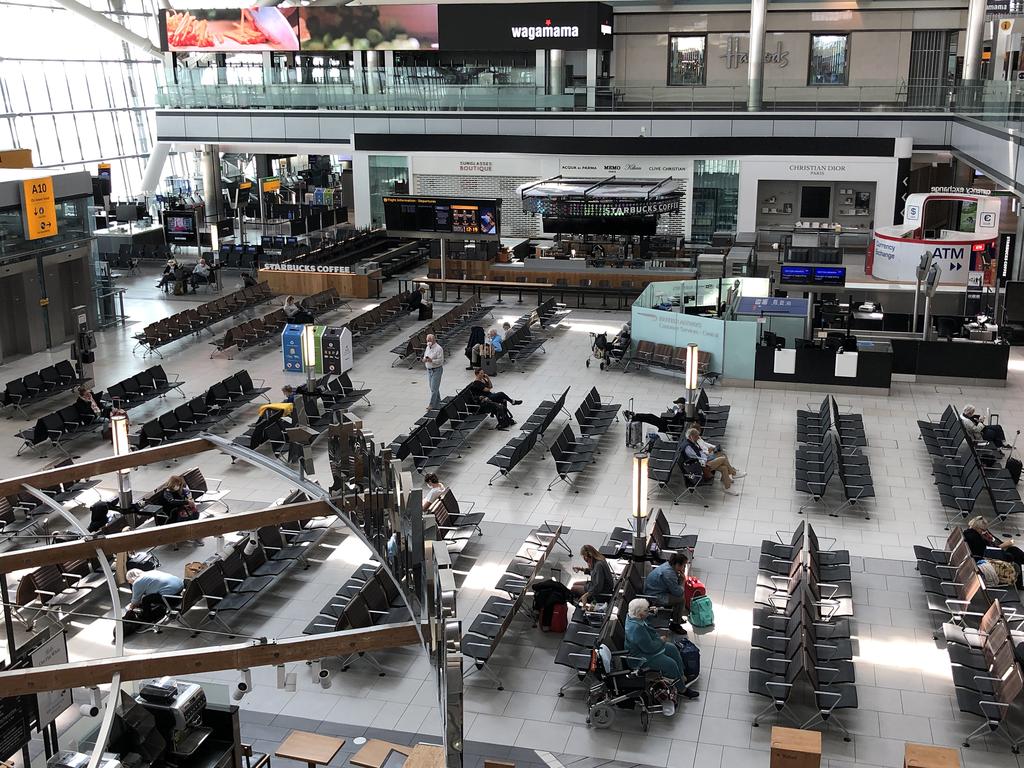Crisis response a tale of two bankers
Their Kiwi heritage unites them, as does their $1 trillion balance sheets, but the rhetoric could not be more different.

Their Kiwi heritage unites them, as does the $1 trillion balance sheets at their disposal, but the rhetoric they use in the delicate task of connecting the nation to its gravest economic challenge since the Great Depression could not be more different.
Asked on Friday to justify ANZ’s deferral of a decision to pay a half-year dividend until August, depriving shareholders of $2.2bn in income, chief executive Shayne Elliott dispensed with subtlety.
“We’re just saying: ‘Unfortunately we’re in the eye of a storm, the greatest uncertainty that’s faced the economy since the Great Depression’, ” Elliott told ABC Radio.
“We’re saying: ‘Today is just not the right day to be making a decision about writing a cheque for a billion or $2bn’.
“Now I understand that many people rely on that.
“But, you know, what kind of bank would we be to write a cheque out for a billion or $2bn to our shareholders only to put us in harm’s way because the economy gets worse over the next three weeks or three months?”
The only solution was to “buy a little time”.
Elliott connects well with an audience, reducing complex banking issues to digestible sound-bites, but it’s hard to remember the last CEO who linked dividends to institutional survival.
Faced with a similar dilemma, National Australia Bank chief executive Ross McEwan, an old-hand in a crisis, thought banality was best.
It was a balancing act, he said, explaining why the NAB board announced a monster $3.5bn capital raising and slashed the interim dividend from 83c to 30c.
“There is a balance for a bank in making these decisions, and with 48 per cent of our shareholder register being retail, our view was we should continue to make a dividend payment to our retail shareholders and at the same time raise capital,” McEwan said.
It was the banking equivalent of a dead bat.
The past week has delivered the long-feared reckoning for the banks, more than a decade after the financial crisis.
Pristine balance sheets, propped up by the most benign bad-debt cycle in memory, have been blighted by provisions about six months ahead of loans going sour as various government support packages expire.
On Monday, NAB announced a 54 per cent slump in interim cash profit to $1.4bn, mainly as a result of $807m in extra collective provisions to reflect the potential impact of COVID-19.
The bank said GDP for the September quarter would slump by 8.4 per cent from last December and not return to pre-coronavirus levels until early 2022, while unemployment would peak at 11.7 per cent in the middle of this year before recovering to 7.3 per cent by December 2021.
ANZ fared no better, with cash profit down 60 per cent to $1.4bn after $1.7bn in impairment charges that included $1bn of increased credit charges due to COVID-19.
The bank’s base-case economic forecast was a 13 per cent dive in June quarter GDP.
Unemployment would hit 13 per cent in the same quarter, and house prices would fall by 11 per cent by the end of next year.
While there was daylight between ANZ and its peers on capital a year ago, the bank has now surrendered leadership to Commonwealth Bank, with its common equity tier one ratio slumping 73 basis points to 10.8 per cent. NAB expects its CET1 ratio to increase to 11.2 per cent after the capital raising.
Crises are nothing new to bankers, with Elliott often saying they’ve occurred once every eight to 10 years since the Great Depression.
However, their regularity makes it critical to maintain capital buffers and liquidity.
Kevin Davis, the University of Melbourne finance professor who was on the panel for David Murray’s financial system inquiry, says the inquiry didn’t predict the pandemic.
“But we knew financial systems were fragile and what would happen if capital ratios and liquidity were not strong, and that was a view we had in common with the regulators,” Professor Davis tells The Weekend Australian.
“The banks were against it, but the FSI gave the regulators good cover to make sure the banks were unquestionably strong and could act as shock absorbers in a crisis rather than amplify it.
“Hopefully, once we get out the other end of the pandemic, people will agree that the move to greater prudence was a good thing.”
Elliott’s “eye of the storm” assessment of the economy’s vulnerability, where employment could take three to five years to fully recover, is leavened somewhat by the unprecedented level of co-operation between the government, regulators and the private sector.
A criticism of the last recession in the early 1990s, he said, was that regulators and the government were “too slow to lean into” the problem.
“And there might be many criticisms about the way that this is being handled, but I do not believe for a minute that anybody can criticise the scale of the alignment and co-ordination from the government and the private sector, and also the speed at which decisions are being made,” the ANZ chief said.
“So I think that is actually a very good sign.”
In the 90s recession, the size of the fiscal intervention to curb the fallout was only 3 per cent of GDP, rising to 6.5 per cent for the financial crisis which was spent over eight months to May 2009.
In the current crisis, the government had announced measures equivalent to 10 per cent of GDP in less than two months.







To join the conversation, please log in. Don't have an account? Register
Join the conversation, you are commenting as Logout